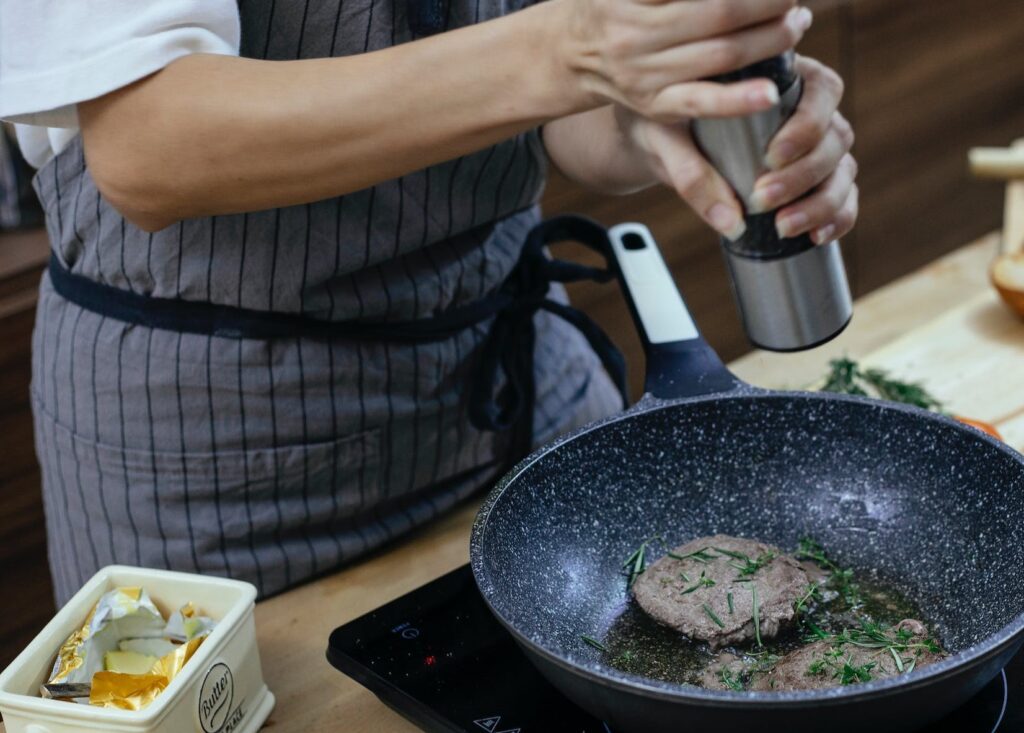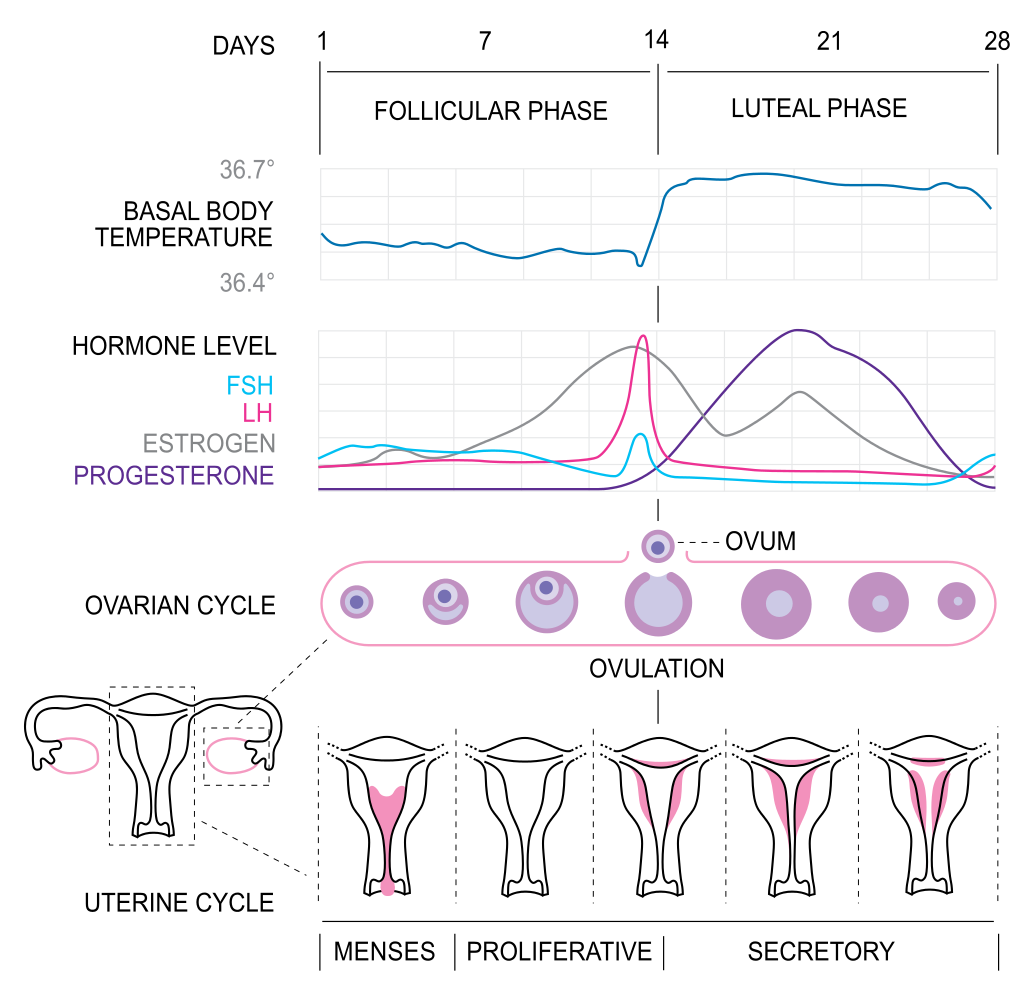Author: Christopher Wright – Psychologist, Clinical Psychologist Registrar
Published: 5th February 2024
With the advent of technology dominating our daily lives, video games have emerged as an alternative form of enjoyment for many young people. As a psychologist intrigued by the mechanisms of the human mind and an avid gamer myself, I had always believed there were often overlooked positives in the engagement with video games. Not only are there the emotional “good” feelings they give, but it also acts as a medium for improving problem-solving and making meaningful connections.
In the health field, our understanding of neuroplasticity has shifted over the years, and with the presence of an aging population with neurodegenerative conditions, emphasis has been placed on ways to reignite the brain’s ability to remodel and adapt. Throughout these studies, it has been discovered that computer-based training has the potential to increase cognitive proficiency through “restarting” different parts of the brain, enabling neuroplasticity to be activated (Pappas and Drigas, 2019). It was therefore hypothesised that through this form of stimulation, no matter the age, that cognitive ability could improve in different areas through video games. Complex three dimensional games like Super Mario 3D World were indicated to improve hippocampal-associated memory (long term and spatial memory), showing increased gray matter in that region (Clemenson and Stark, 2015). This suggests then that problem solving skills can be enhanced through gaming.
Not only does gaming provide multiple opportunities for improvement of cognitive ability, there several other potential benefits to videogames, including:
- Stress Relief: Through providing a dynamic sensory experience and a healthy escapism, video games can reduce feelings of anxiety and tension.
- Emotional Regulation: Opportunities to self-regulate can occur often in competitive video games, with frustrations and anxiety being a common occurrence during these games. This allows the brain and body to experience these stressors and enable the body’s natural relaxation process, which can elicit similar responses to real-life stressors.
- Social interaction: Online multiplayer and couch co-op games can facilitate social interaction between friends or create new ones. There is opportunity for development of communication and teamworking skills through these activities.
- Creativity: Many video games, called “sandbox” games, encourage creativity through providing options to build and explore virtual worlds. This can encourage imagination and even innovation.
- Hand-Eye Coordination: Action oriented games require precise movements and quick reflexes, which can be transferable to real world activities.
- Learning Opportunities: There are many games that include educational elements such as history, geography, science, and mathematics. In RPG’s (Roleplaying games), conflict resolution can involve negotiation, compromise, and peaceful resolutions.
- Goal Setting and Achievement: Often video games will clearly identify goals and also notify the player when they achieve these goals, providing a sense of accomplishment and motivation for young players.
- Emotional Expression: Video games frequently explore different themes that can elicit emotional responses from players, increasing emotional awareness and promoting emotional expression in the real world.
- Community and Belonging: Online video games commonly co-exist with communities where people may feel more comfortable interacting in a more anonymous space, encouraging identity exploration in a safe space.
- Improved Concentration: Like the brains ability to adapt through neuroplasticity many videogames require extended durations of focus to be able to complete tasks, which can coincide with increased ability to focus in less interesting or engaging tasks outside of video games.
So, with all this in mind, how do we find the balance between a hobby that can also negatively impact our young person’s physical health, academic performance, and social relationships? Placing time limits on screen time to ensure that gaming doesn’t impact schoolwork, social obligations, and supporting young people to engage in physical activity. If these options are not having the desired outcome, it could be worthwhile talking to your GP to get a referral to a therapist who can educate and provide tools to the young person and family to best balance their screen time.

Interested in further individual support?
I invite you to contact us on 07 4637 9097 or thriveadmin@thrivewellness.com.au to discuss our professional services and how we can assist you and/or the young people in your life to achieve your/their goals.
When contacting us to book your appointment, we recommend you request a 50min appointment with Psychologist Christopher Wright. Service provided and costs associated with these appointments are listed in the ‘Fees’ section of our website. You may also wish to discuss your concerns with your GP, and ask about your referral options and eligibility for Medicare’s Better Access Initiative, which provides partially funded Psychology appointments through Medicare. A valid GP Mental Health Care Plan referral is required for this.














